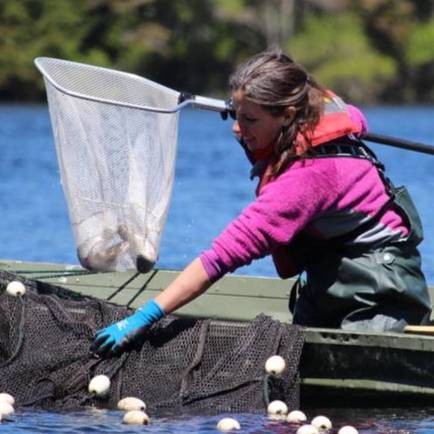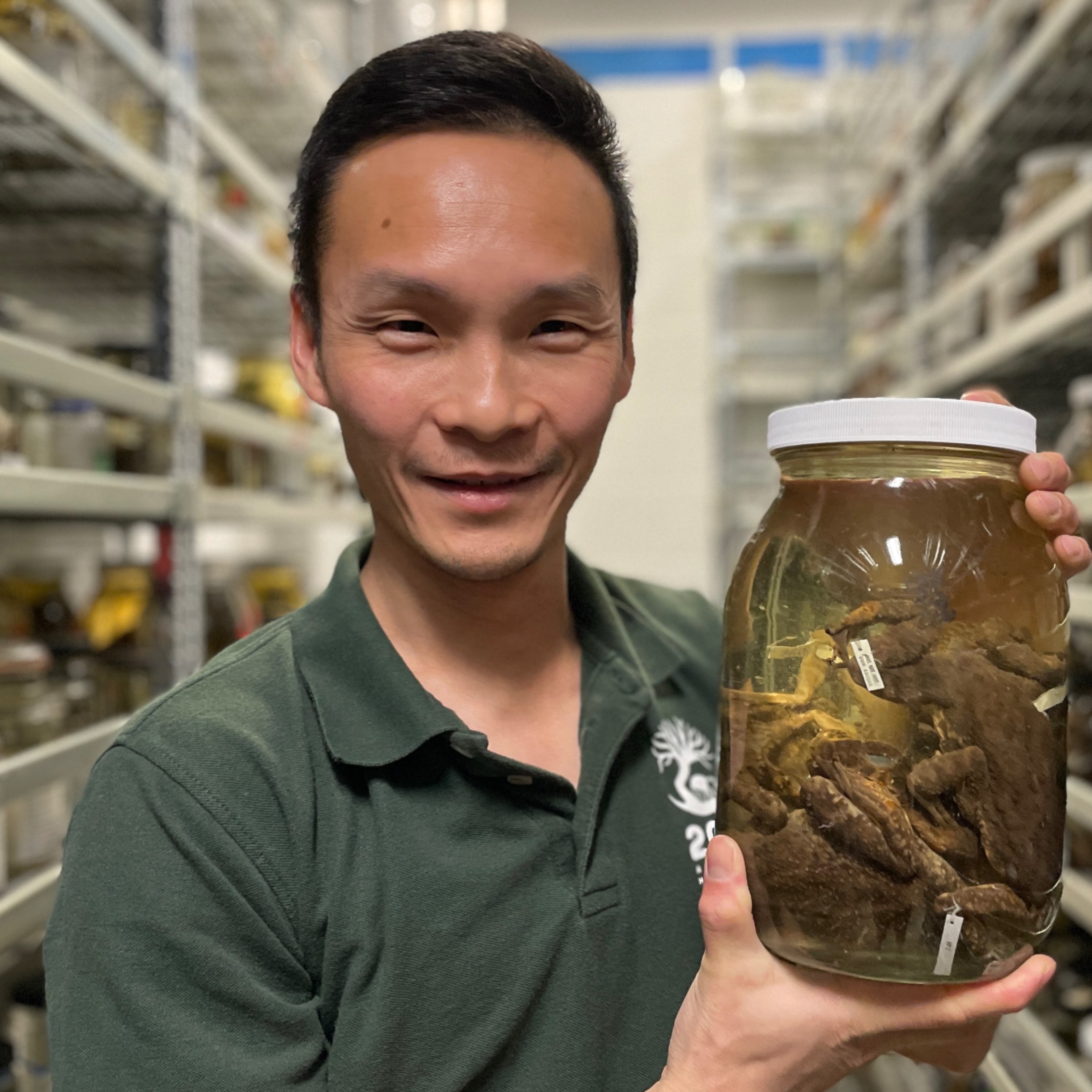Trinidadian Guppies: A New Model System for Conservation?
In Trinidad, locals refer to the guppies found in water bodies throughout the island as "millions fish" due to their plentiful abundance and unique ability to tolerate an incredible range of environmental conditions. Guppies are found everywhere from the most pristine streams in the Northern Range mountains to ditches along the side of the highway and even in highly oil-polluted environments. In other words, this species can hardly be considered one of conservation concern.
But, thanks to quick generation times and decades of research on variation in traits and fitness of populations found in different environments, Trinidadian guppies have become a textbook example for studying evolution in the wild.
New research documenting genetic rescue in guppies published in Evolutionary Applications suggests that this species could also provide a model system for informing effective conservation and management of imperiled populations.
What do Florida panthers and Trinidadian guppies have in common?
Genetic rescue is an increase in population size caused by the introduction of new genetic material, namely, by more than the numerical addition of immigrant individuals. It is also the infusion of new alleles and genetic variation that contributes to population growth. The iconic example of successful genetic rescue is the Florida panther that nearly went extinct in the early 1990s. The few remaining panthers all showed severe signs of inbreeding depression caused by mating between close relatives. Left with few options, wildlife managers introduced eight female panthers from Texas into Florida and the population has since rebounded dramatically due in large part to the recovery from inbreeding depression and high hybrid fitness.
Making use of the wealth of background knowledge on guppies, researchers from Michigan State University and Colorado State University set out to two headwater streams in Trinidad test whether gene flow from a divergent population of guppies would cause genetic rescue from the added genetic variation or outbreeding depression from an introduction of presumably maladapted traits and individuals.Concerns over outbreeding depression, or a reduction in fitness when distantly related populations or species are crossed, have limited the use of genetic rescue as a management tool to just a handful of extreme cases, like the Florida panther.
Over 10,000 guppy tattoos
To study the effects of gene flow the researchers measured genetic variation and monitored population size and survival in two native populations of guppies for several months before non-native guppies, adapted to a different environment, were introduced upstream (as part of a separate experiment). Having been long-isolated in small headwater streams, the native populations, started out with very little genetic variation and were likely experiencing inbreeding. Gene flow occurred as the non-native guppies swam or were washed downstream and began mating with the native guppies. Researchers visited the two streams each month for two and a half years and caught all guppies over 14 mm, about the width of your thumbnail, using traps, mask and snorkel, and butterfly nets. All fish each month were weighed and photographed and all new recruits to the population were given a unique colored tattoo under a microscope and had three scales removed for genetic analyses before being returned to their exact site of capture. In total, over 10,000 guppies from the two streams were individually marked, monitored throughout their lifetimes, and could be classified using molecular markers as a pure native guppy, a pure immigrant, or a hybrid. This study was novel in its ability to capture the initial and long-term effects of gene flow on survival and population dynamics in replicated populations in the wild.
Guppies provide an important example of genetic rescue
Despite gene flow from guppy populations that were originally divergent and adapted to a different environment, genetic rescue was documented in both streams. Monthly population sizes skyrocketed from under one hundred to over one thousand individuals, genetic diversity increased substantially, and importantly, much of the success could be attributed to hybrid guppies.
Though guppies themselves are not endangered, the small, native guppy populations in this study could be thought of as proxies for other genetically isolated, imperiled populations. Model systems in evolution might become increasingly crucial for conservation if understanding and manipulating evolutionary processes proves to be a way to curb unprecedented rates of biodiversity loss.



